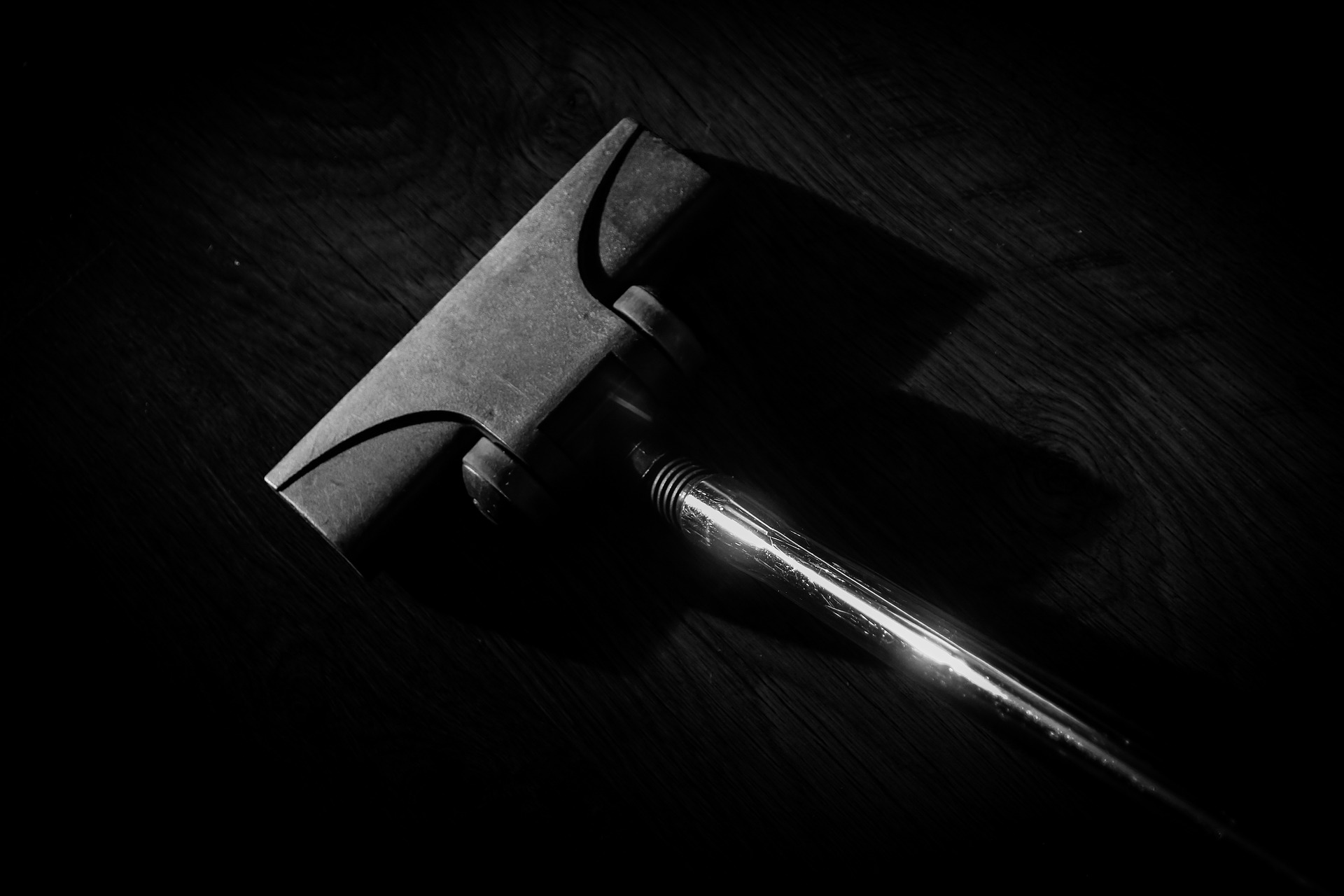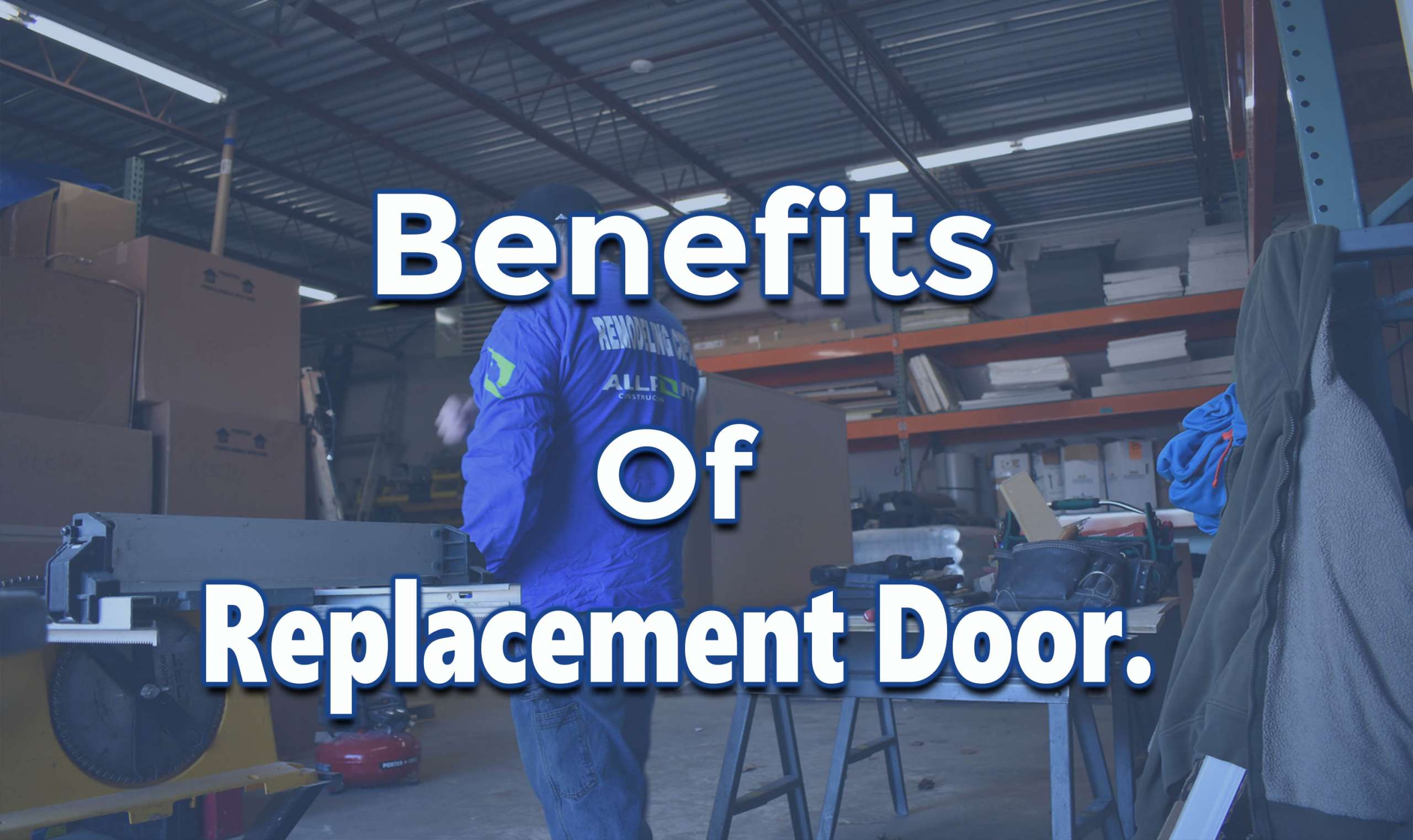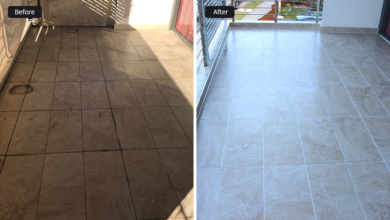Robot Vacuum Navigation – An Expert Opinion On Why It Matters

Table of Contents
An Expert Opinion On The Importance Of Robot Vacuum Navigation Functionality
A robot vacuum can navigate around your house. It will suck in filth and dust along the way while avoiding tumbling down your stairs. Likewise, the smart device can return to its docking nest to recharge.
So how does this revolutionary home cleaning gadget navigate and find its way around a room? Well, it all boils down to its sensors.
The robovac self-navigational system is what makes it robotic. Also, how precise the navigation sensors are is what sets apart a cheaper model to high-end ones.
When robot vacuums first came out in the market, one of the main issues homeowners complained about was their poor navigation. Back then, robots use bump-and-go navigation. This means that when the device hits something, it’ll simply turn to the left and go back to work until it bumps into something else.
Today’s robovacs are a far cry from their predecessors. So in this article, we’ll take a look at the expert opinion on how far these technological wonders have come.
Why Do I Need To Vacuum And Why Do It With A Robovac?
Your family’s health is one of the most obvious reasons to vacuum regularly. According to experts, routine vacuuming presents numerous health benefits, including enhancing indoor air quality drastically.
Another reason is aesthetics. Vacuuming any floor type frequently can help improve your flooring’s appearance. Additionally, it can increase the lifespan of your carpets as it can free those trapped particles which can settle deeply in your carpet over time. As a result, they’ll abrade the fibers and eventually damage your flooring.
How Robot Vacuum Cleaners See The World Through Its Sensors
Your robot requires to move unobstructedly throughout your house while making sure it won’t get tangled or hit things. However, even if these machines have a built-in camera, they do not see the world as we do.
Instead, they come with several sensors to detect and recognize hazards and obstacles along the way. They also utilize these sensors to determine the area they’ve cleaned as well as discover new ones to cover.
Furthermore, robot vacuum sensors trigger the functions set, which will determine how your unit responds. However, which sensor your robovac will apply and how it works may vary by model and brand.
The Most Common Types Of Robotic Vacuum Sensors
Obstacle Sensors
From the perspective of your robotic vacuum cleaner, your house is like an obstacle course of stray toys, chair legs, furniture, and appliances. Your robot can steer away from these roadblocks without the need to slow down with the help of the sensors, near or on its shock-absorbing bumpers.
When the bumper of your unit hits an object, its sensor will be triggered, enabling it to turn and go in a different direction to find a clear path.
The direction it’ll take will depend on where the bumper made contact. For instance, if the bumper of your robovac impacts something with its left side, it will usually turn right since it acknowledges that the object is on its left.
However, moving around an object can sometimes leave some parts of your floor uncleaned. So to minimize this problem, some manufacturers take a variety of approaches to obstructions, like a robot slowing down as it nears an obstacle.
Wall Sensors
Wall sensors help robot vacuums to detect walls with the help of infrared light, allowing them to follow the direction of the walls. On top of that, it also enables the machines to avoid scuffing and running into your walls. Some models even have map learning capabilities where these types of sensors help them navigate through open doorways and find a new area to cover.
Cliff Sensors
One of the biggest hazards for your robotic vacuum is probably your stairs. Falling off the stairs can easily damage your smart vacuum and anyone or anything in its path. For this reason, cliff sensors serve as a safety necessity for every robovac.
These sensors can determine the distance of the device to your flooring by transmitting infrared signals continually to its surface. When the signals don’t bounce back right away, your robot will assume that it’s approaching a stair or other cliff. Hence, it’ll change its direction.
Wheel Sensors
To gauge wheel rotation, robotic vacuums utilize light sensors. Combining wheel circumference and this number enables them to calculate how far they’ve traveled.
Mapping Technology
Mapping offers vital benefits. Your robovac can come up with the most efficient path in your room with the help of a floor plan. Likewise, it lets the machine restrict itself within the map as it’ll notify it where it needs to go and where it’s already been.
What’s more, when the battery of your robot runs low halfway through its job, it will simply go back to its docking station to recharge. Once it’s fully charged, it will resume where it left off. As a result, it provides a more even, quicker, and thorough cleaning.
The latest models of robot vacuum cleaners have a self-navigation system that utilizes mapping technology. All manufacturers have their own unique take on mapping. Nevertheless, all are currently developed around two somewhat varying approaches:
- Using a built-in digital camera that captures images of your furniture, walls, doorways, ceilings, and other objects.
- Light Detection and Ranging (LIDAR) or a laser range locator that can measure the distance of the objects in your robot’s path.
Whatever mapping technology your unit employs, it will use the information it gathers together with the data from its other sensors to create a map of your room once it starts on its task.
Keep in mind though that all robotic vacuums will not always navigate flawlessly. You may need to rescue your robot under a piece of furniture or untangle it from cords. But at the end of the day, it doesn’t matter which navigation system your unit uses if it doesn’t offer the cleaning efficiency you’re after.
Can It Replace A Traditional Upright Vacuum?
As convenient as they are, robovacs are far from perfect and you may still need to get your canister or upright vac from time to time. So do not say goodbye yet to your traditional vacuum cleaner.
To achieve a truly spotless flooring, you still need to vacuum manually at least once a week. Nevertheless, robot vacuums can be a very helpful and convenient cleaning tool for your home. Their main purpose is for frequent cleaning chores to prolong the time you need to deep clean your space manually.
Remember that cleaning your floorings regularly can improve the overall cleanliness of your house in comparison to a one-time deep cleaning session with a traditional vac.
Is A Robotic Vacuum Cleaner For Me?
One of the most attractive features of robot vacuums is that they can do its job with the least effort on your part. And like most people, you probably don’t enjoy vacuuming. So these smart home gadgets are ideal for people who like to put off the household chore as much as possible and are more than happy to assign the daunting job to a robot.





